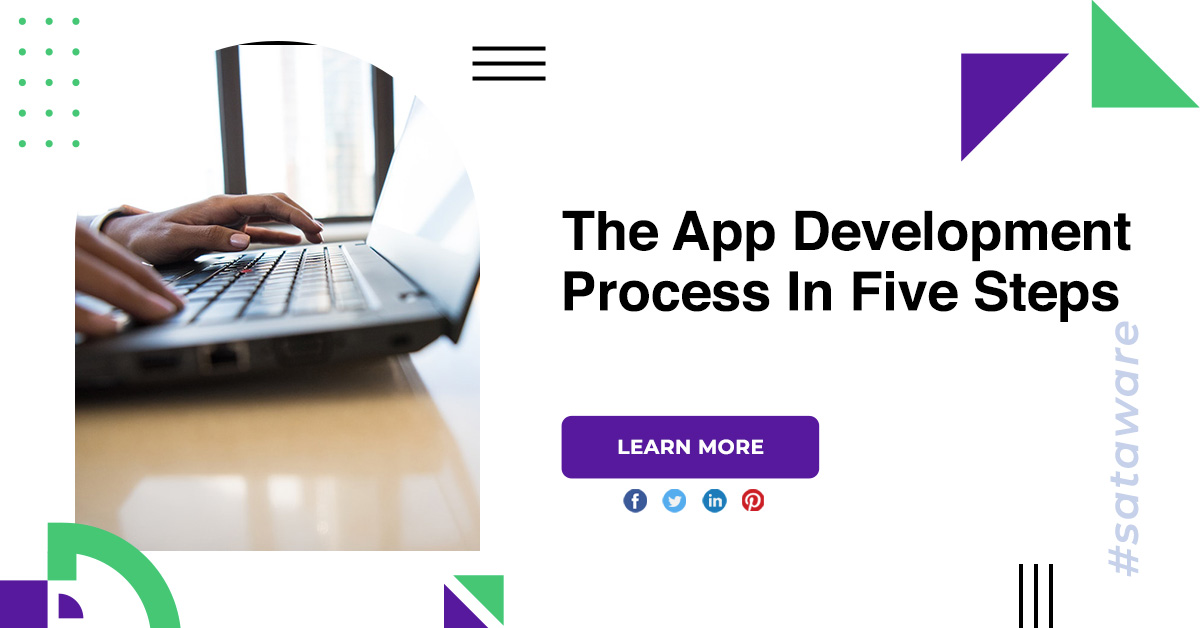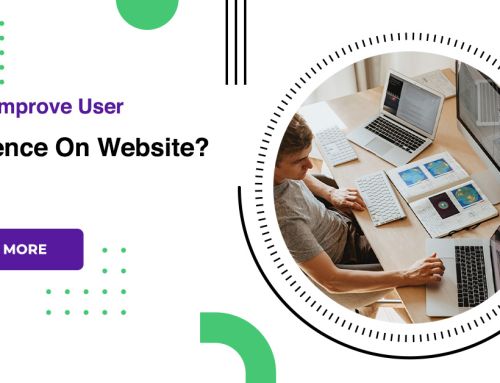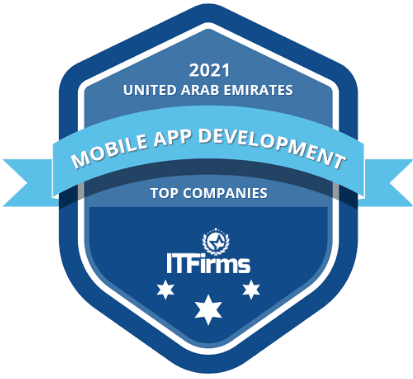The App Development Process In Five Steps
The app development process, while not a simple endeavor, can be broken down into five easy-to-understand steps. The process begins with careful project planning. Then we circulate directly to wireframes and click-thru prototypes. Then our developers work on the app’s code and design, thoroughly test it, and release it to app stores or your internal team.
Development process in five steps
Project planning
- The application development process begins with an analysis of your project’s requirements. The project manager will conduct a detailed study of your project and submit a project overview document for approval.
- Once the project overview document has been verified, you will receive a time and cost estimate. Based on the approved estimate, project plans are then prepared. Typical project plans break down all the tasks to build your app into different milestones, durations, and start and end dates for each task.
- At the same time, our business analysts conduct a detailed review. They specify what resources you need in the User Requirements Document and initial screen designs. With your final approval, the project moves into the design phase.
Design
- Before starting the project proposal, we hold team meetings to discuss the URD and any other notes or documents you provide. This meeting will help the team get a clear idea of your expectations.
- We then implement the project design in two phases: UI/UX design and architecture design.
- UI-UX design determines how the application will look and how the user will interact with it. A user interface design document guides you through how the user will move between screens and what each function will do. This can include the placement of buttons, the colors used, how the user navigates between screens, etc.
- Architecture design is where we determine the best architecture for the entire system.
Development
- The development phase is where we implement the project plans. Developers take the requirements and write the necessary code for the required features. At this stage, all the screens of the application will be ready, integrated with all the functions.
- We follow agile development methodologies when creating applications. This method involves developing features through iterative, bi-weekly releases. This efficient project workflow helps us achieve a more sophisticated product by allocating resources to meet project deadlines on time.
- Development continues with product testing, code reviews, and quality assurance so that bugs or errors in the program are caught early and fixed at each milestone.
Testing
- Engineers prepare test plans and test cases early in the process, during the design phase of the project. We use a rigorous testing framework that includes usability, interface, compatibility, performance and security testing. The features, functionality and user experience flow of the app are tested at every stage, which helps us maintain the quality of the app.
- Errors are logged using the problem tracking database. Retesting is done to review previously resolved issues. Development testing is also done based on test cases and issues that arise during testing at various stages of reviews will be addressed through debugging.
Run
- Once the app is tested and approved, it is uploaded to the appropriate iOS and Android app store. Before launching the application, pre-release checklists are performed to ensure quality assurance procedures. This includes source code reviews, memory leak testing, security testing, and performance analysis.
- Test engineers prepare release notes to include information such as basic features, installation instructions, bug reporting options, and required credentials. This process helps to inform clients about the finished features of the application after the release.
- When it comes to launching your application online, you will receive a pre-formatted application submission document.
Conclusion
Marketing includes your own website, displaying ads on sites like Google and Facebook, and a social media presence. Maintenance includes updating the application with the release of new operating systems and fixing bugs.











